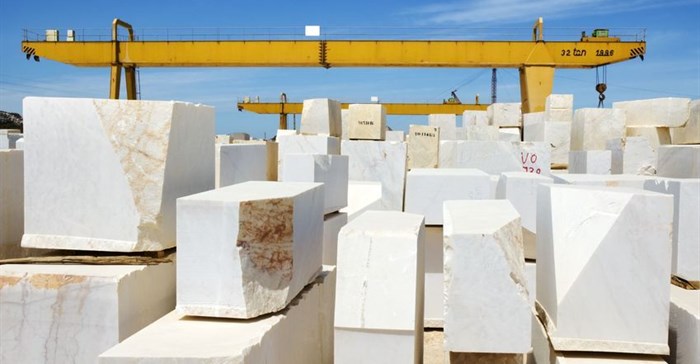






Following a tangible decline from 2008-2009, the global marble and travertine market indicated steady growth over the next three years. As of 2013, however, the volume of the global marble and travertine market started to contract gradually; this eventually caused global consumption to fall to 43.6 million tonnes. In value terms, the market dropped to $8.9bn in 2016. From 2007 to 2016, the market value was subject to significant fluctuations against changes in prices.
The report, World: Marble And Travertine Market Report. Analysis and Forecast to 2025, shows that the countries with the highest consumption were China (9.5-million tonnes in 2016), Iran (9.5-million tonnes), Italy (6.4-million tonnes) and India (3.5-million tonnes), together comprising almost 67% of global consumption.
Amongst the leading consuming countries, the highest levels of per capita consumption were recorded in Iran (120.0kg/year) and Italy (107.0kg/year), while the global average per capita consumption of marble and travertine was estimated at 5.9kg/year in 2016. A modest growth is expected with regard to marble and travertine consumption, driven by urbanisation in Asian countries.
Asia and Europe constitute major marble markets, and moreover, Asia will remain a key market for growth. Despite the slowing pace of construction in China, the expansion of China's economy continues to be siginificant, as in other rapidly growing countries in the region (including Iran and India, amongst others).
The Asian marble and travertine market growth will be feasible, owing to rapid expansion of the economy, the improving situation in the housing market and rising disposable incomes. Europe is also an important market: the EU construction industry is currently undergoing a recovery, and according to projections, this growth is set to continue; this expansion will have a positive impact on the marble and travertine market.
In general, the global trend of the marble and travertine market is expected to continue with a growth of +2.0% annually, which is anticipated to lead the market volume to 52-million tonnes by 2025.
The production of marble and travertine decreased by 5% to 44.0-million tonnes in 2016, with a mixed pattern being observed over the last few years. The decrease over the period from 2008 to 2009 was followed by strong growth to 2012, but from 2013-2016, the global production of marble and travertine declined again.
Iran was the key world marble and travertine producing country, with an output of about 10-million tonnes in 2016, which accounted for 23% of total global output. The other major producers were Italy and Turkey (16% each).
In Turkey, production levels increased by +6.8% annually from 2007 to 2016, largely attributed to the favourable economic conditions and the growth of global downstream industries. Iran (-1.6%) and Italy (-6.0%) faced negative output dynamics over the period under review. The Iranian marble industry remains strong, but exports are pressured by cheaper Turkish produce. In Italy, marble and travertine reserves are gradually being depleted: this accounts for the reduced output figures registered in recent years.
In 2016, the volume of global exports of marble and travertine totalled 9.9-million tonnes. It declined over the last three years, after reaching the highest point of 14.8-million tonnes in 2013. In value terms, exports contracted to $2.0bn, which was $790m (or 28%) less than its highest level of 2013.
Turkey (44%, based on tonnes), Italy (12%), Spain (8%), Iran (6%), Greece (6%), Portugal (5%) and Croatia (2%) were the main global suppliers of marble and travertine with a combined share of 83% of global exports. From 2007 to 2016, Greece (+10.4% per year), Turkey (+5.6%) and Portugal (+4.6% per year) were the fastest growing suppliers in terms of the major exporters.
Turkey (+13 percentage points) and Greece (+3 percentage points) increased their shares in total exports, while Croatia (-8 percentage points), Spain (-3 percentage points) and Iran (-2 percentage points) saw their position weaken.
The volume of global imports totalled 9.5-million tonnes in 2016, which was equal to $2.0bn. The imports dynamics remained generally in line with exports: these trade flows globally complement each other.
In 2016, China (6.6-million tonnes) was the leading destination of marble and travertine imports, making up 69% of global imports in physical terms. Other major importers were India (7%), Italy (3%), Taiwan (2%), Egypt (2%) and Togo (2%).
In terms of the major importing countries, India (+15.1% per year) gained the highest annual rates of growth from 2007 to 2016. While the share of India increased from 2% in 2007 to 5% in 2016, the share of China (-3 percentage points) illustrated a negative dynamic. The shares of the other countries remained relatively stable throughout the analysed period.

